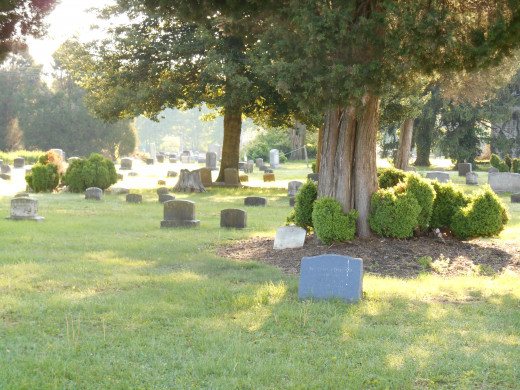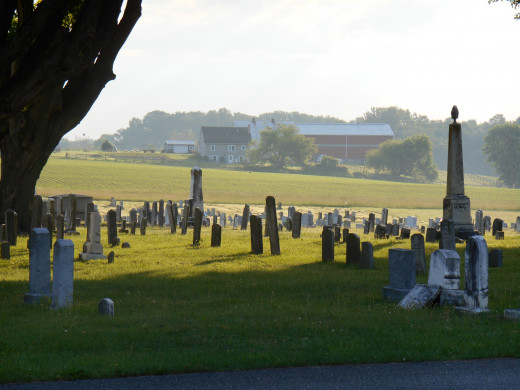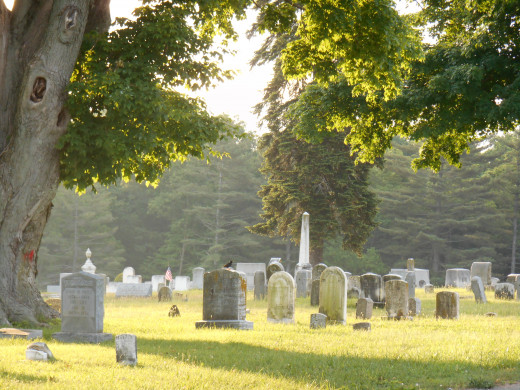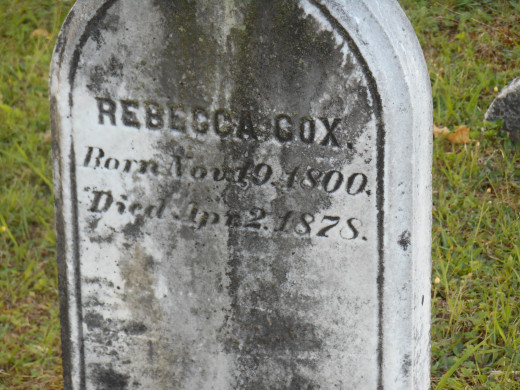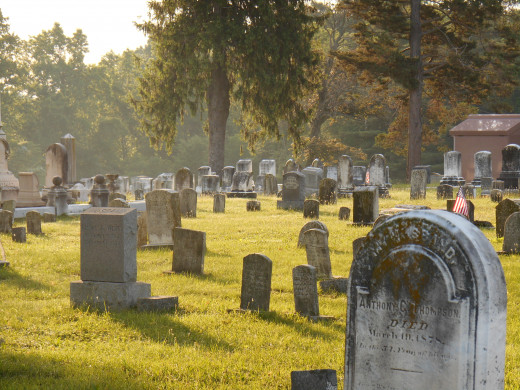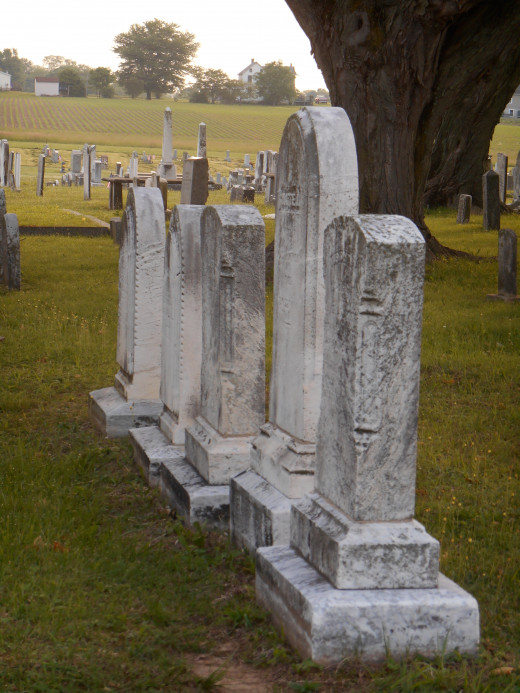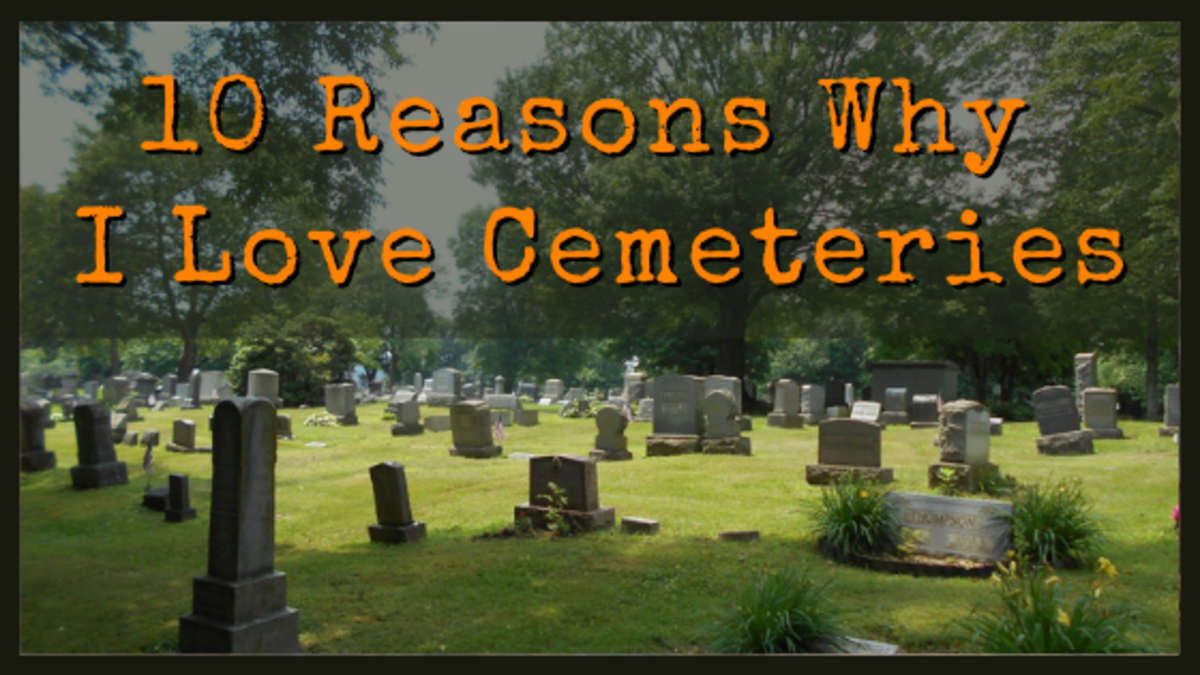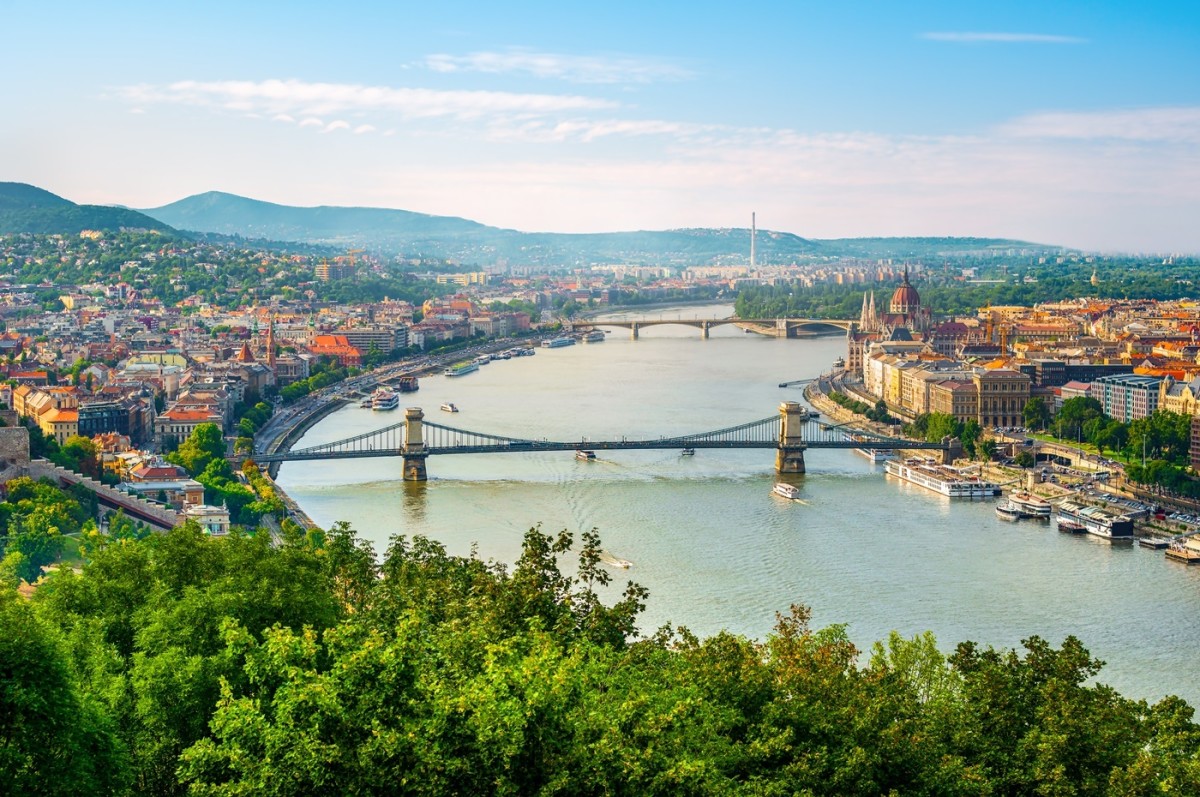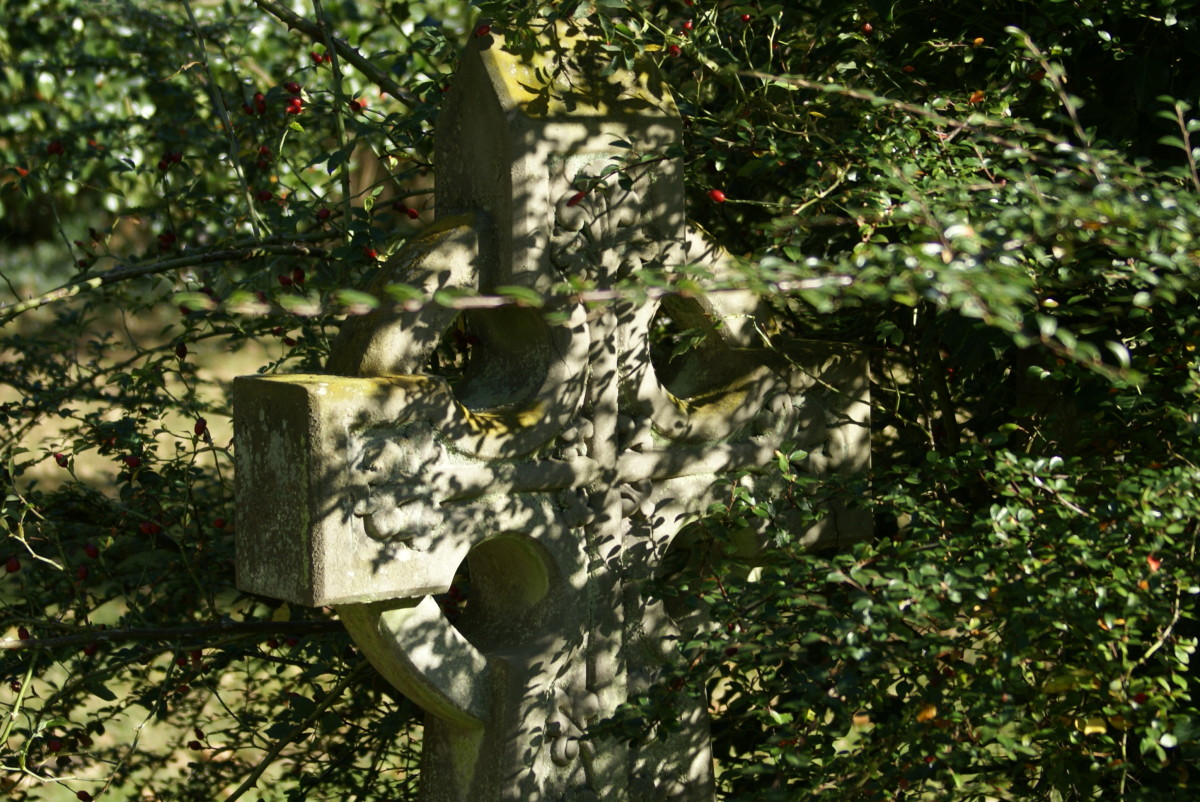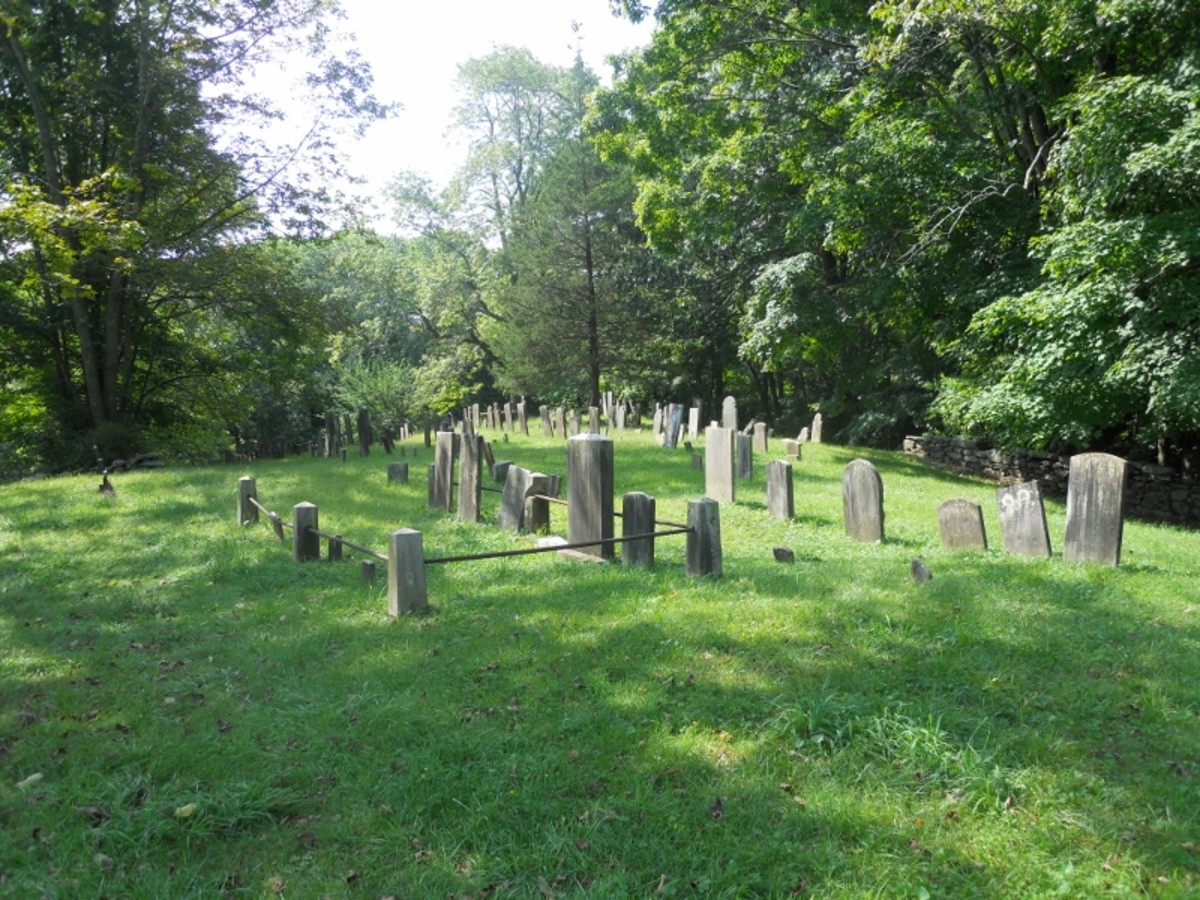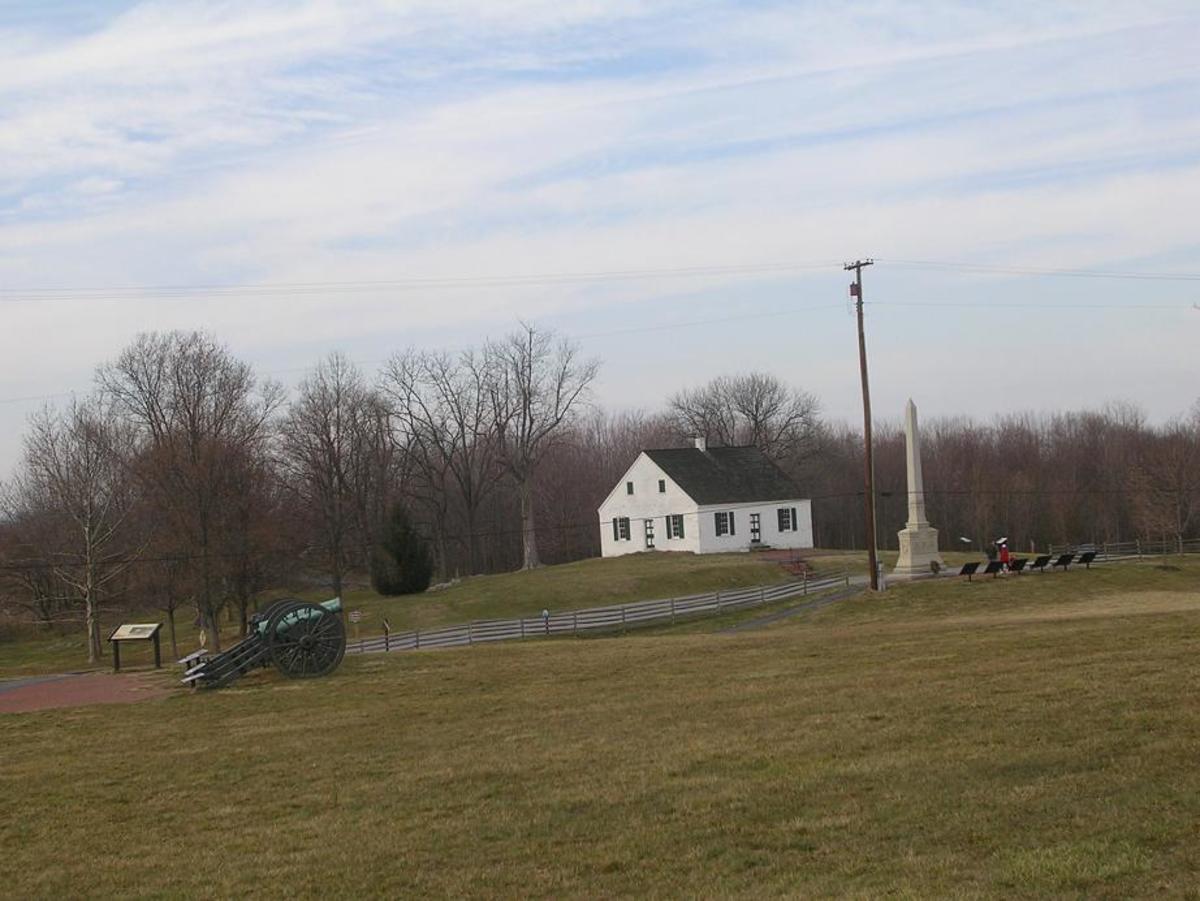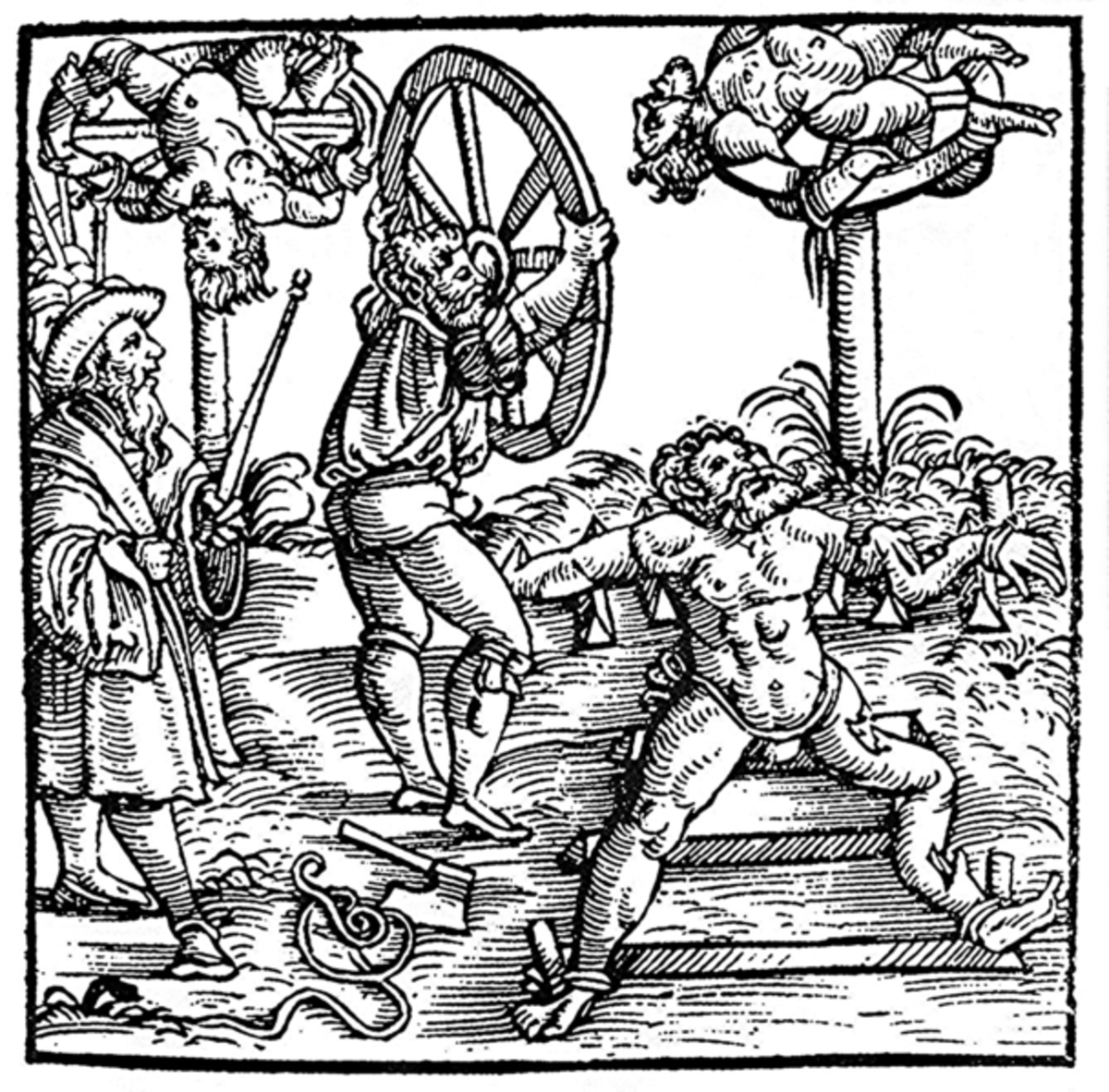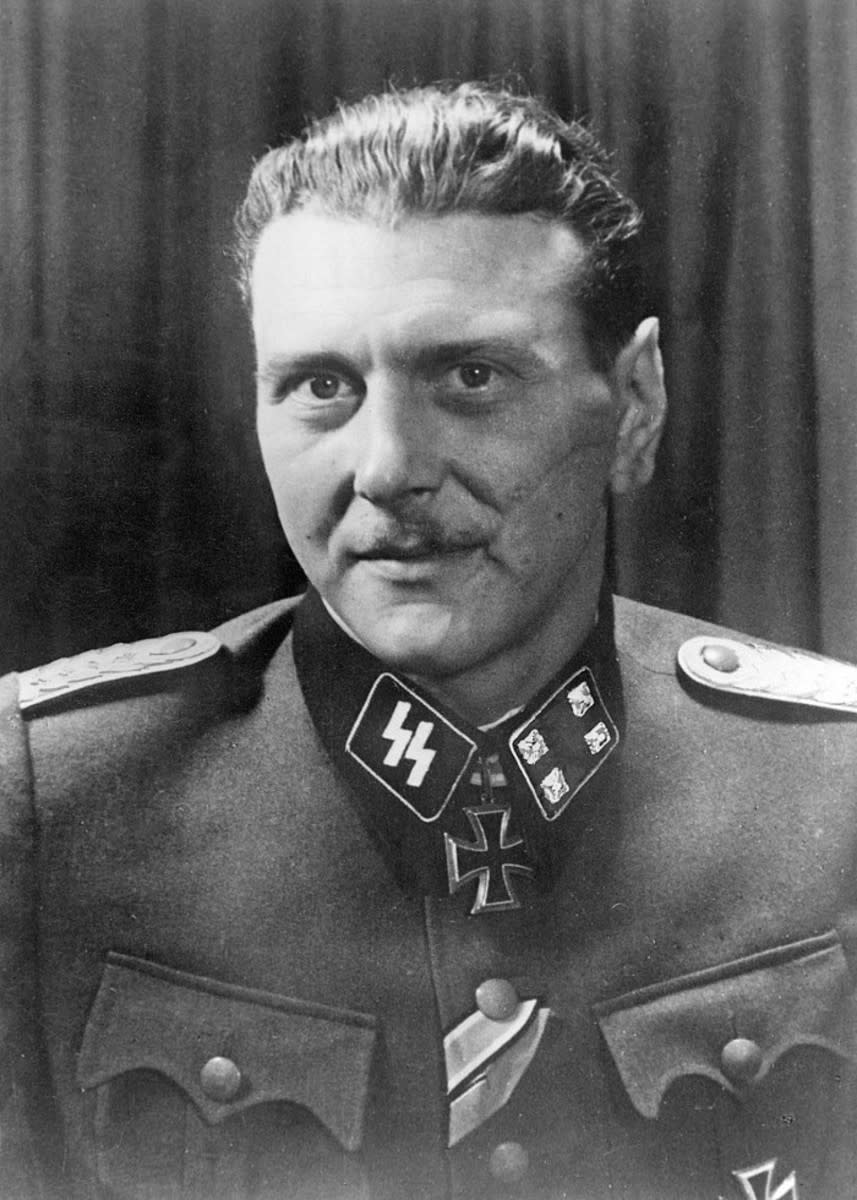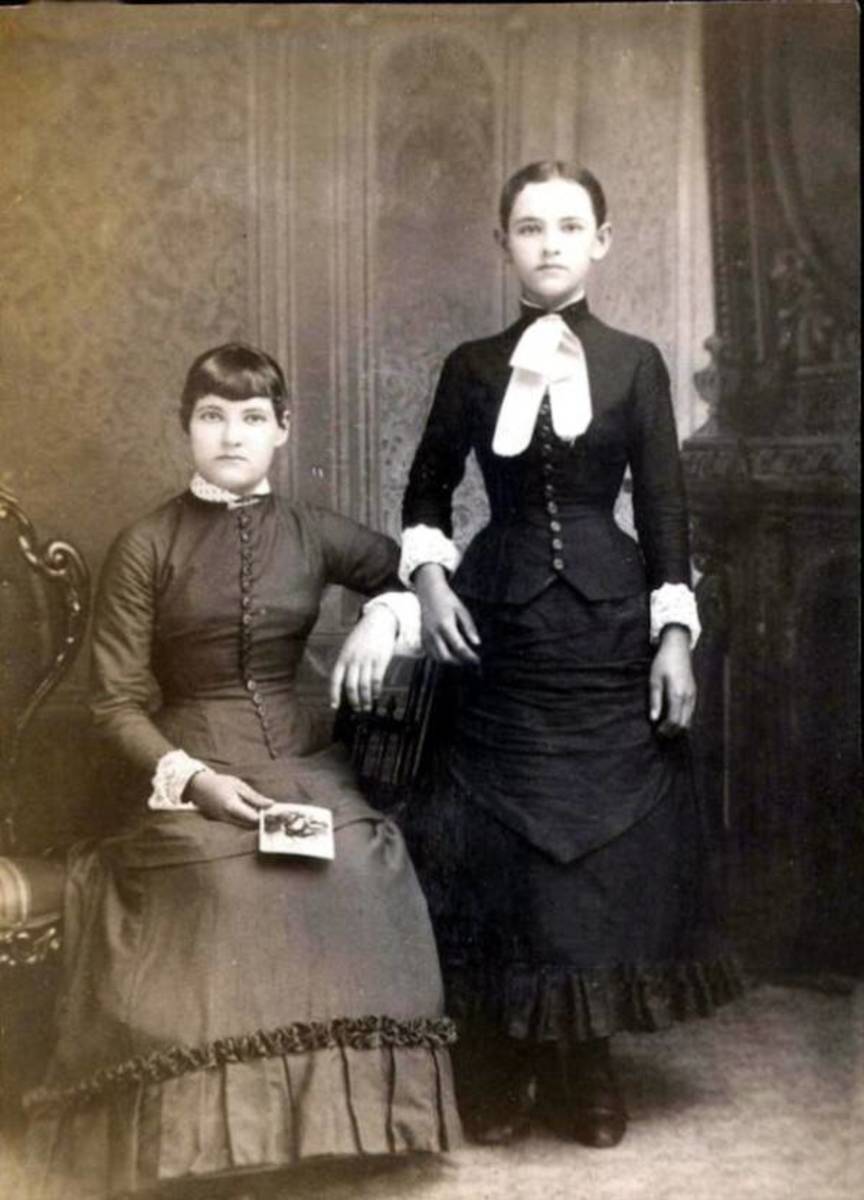History of Cemeteries
Cemeteries
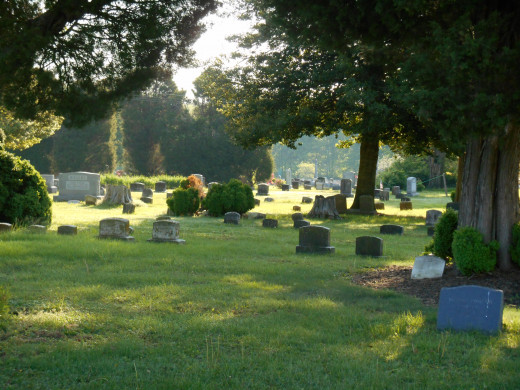
History of Cemeteries
Cemeteries are interesting and mysterious places to many of us, but what’s the real story? Cemeteries have been around since people have been dying, in one form or another. Burial of the dead is the ritual of sending the dead into that final darkness. We bury our loved ones and place a stone on the site in hope that they will not be forgotten. It is impossible not to think that someday that will be our body in the ground.
Over the years people have personified death with the semi-human figure the Grimm Reaper. Death is surrounded by mystery and we as people have tried to make some sense of it. We mark graves with head stones; we place our dead in tombs; not only to memorialize the dead but to serve as a reminder to us.
Why do we bury the dead? Well, other than the obvious reasons of health, but to remind of us the life that was once lived, and to show respect for the dead.
For centuries cemeteries were not only places of mystery, and superstition, but they were considered hellish and terrifying places. Cemeteries were places that we could go to feel a connection with the loved one that passed.
Modern cemeteries come to be in the 1800’s and were what is called a “Garden Cemetery.” These came about in Europe in the 1800’s and since have become common today, but the cemeteries we have today are nothing like the ones before this time.
Before the Garden Cemeteries came into being people were buried in the church yard. If you were rich you were buried inside the church, and social status played a huge part in your burial also. Your social status would determine what section of the cemetery that you would be buried in.
The east side of the cemetery was the coveted spot. To be buried on the east side ensured you were closer to the church and that you would be able to see the coming of the Lord (in the east). If you were of a lesser status you were buried on the south side, the north side was saved for the “bad” people.
Someone that committed suicide was placed in the north end of the cemetery if they were allowed to be buried on consecrated ground at all. As you can imagine, the church cemeteries soon became filled and finding places for burial was becoming harder and harder; it was during the Middle Ages that the north end of the cemetery became free of the “evil” or devil” so to speak in order to make room for more burials.
During the 1700’s the population exploded in the cities and towns, and finally the church yards could not long hold all the dead. One of the solutions they came up with was to pack the coffins tighter together. Eventually, the coffins were stacked on top of one another.
The burial issue became so problematic in France during the 1700’s that they finally resorted to catacombs. Bodies were moved from the Cemetery of Innocents to the catacombs with no way to identify the bodies there were just placed there.
In addition to the catacombs they added the first of the “Garden Cemeteries” it was called Pere- Lachaise it was named after a priest. This cemetery became known worldwide for its beauty and size. This cemetery takes up hundreds of acres; it is landscaped with carriage ways, pathways. Paris set the standard for cemeteries during this time and America followed suit. However, it took London a good bit of time to catch up.
The 1800’s in London was a bad time for crowding and overrun cemeteries. This caused many health problems, the dank nasty smells that came from the cemeteries for one, then the contamination of drinking water. It was finally decided that cemeteries should be taken out of city limits.
Grave markers
Click thumbnail to view full-size


London's Cemeteries
In 1832, London opened a new cemetery located outside of city limits. It quickly became a prestigious place for the rich and famous to be buried. This public cemetery was called Kensal Green Cemetery. This was such a famous cemetery that is can still brag that it has the largest concentration of Royals buried outside of Westminster Abby and Windsor.
Then we come to the most romantic cemetery, Highgate Cemetery. This cemetery didn’t start out as a cemetery at all. Originally it was part of an estate owned by Sir William Ashhurst. This cemetery remained a fashionable and desirable place to be buried, but eventually it fell on hard times, and it began to fall into despair.
Highgate Cemetery became host to crumbling angles, lost graves and tombs that were taken over by the elements and time. This cemetery became the epitome of a gothic thriller, so much so that it became the setting for several horror films.
Rest in Peace
Click thumbnail to view full-size


Garden Cemeteries in America
The idea of garden cemeteries spread like wild in America, and by the 1900’s they had become the answer to overcrowded church cemeteries. One of the most famous of the Garden Cemeteries in the United States is Graceland. Graceland is located in Chicago, Illinois and was created as a solution to overcrowding.
Of course, you can’t have cemeteries without the occasional ghost story now can you? There are many ghost stories, vampire stories and tales that continue to intrigue people everywhere.
Graceland cemetery boasts a hitchhiking ghost, one minute you stop and pick her up ~ she gets in and the next she’s gone.

